La Salle University
Eight reasons why employers value a liberal arts education
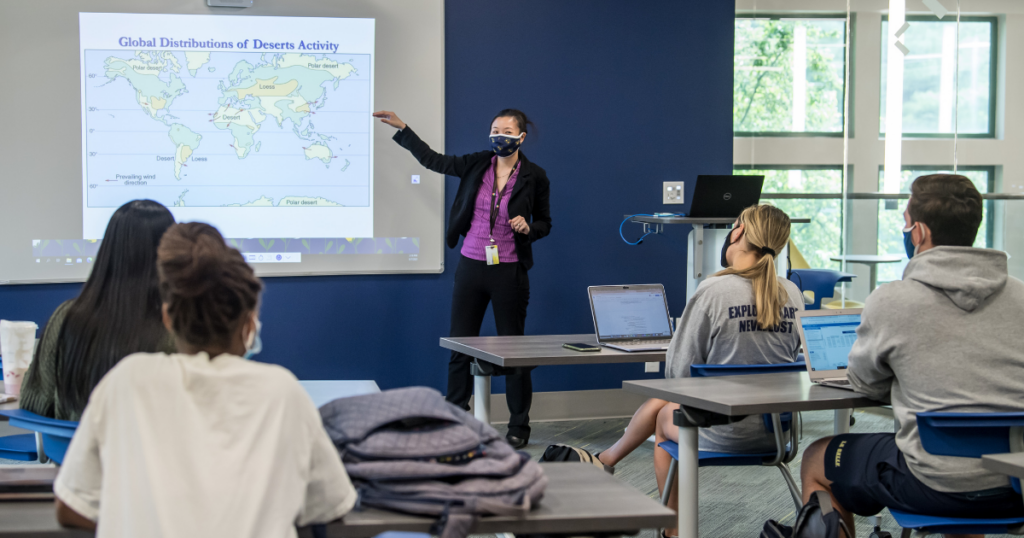
Lynne Texter, Ph.D., has addressed countless rooms of prospective students and their families. Her presentations have changed over the years; her message remains untouched.
She talks about transformational professional outcomes—a hallmark result of a La Salle University education. And she discusses the skills that so many employers seek: effective communication, teamwork, critical thinking, ethical decision making.
“Not only are these skills grounded in the Lasallian mission, they are also key components of a liberal arts education,” said Texter, La Salle’s associate provost. “That often surprises people. I always tell students, ‘Trust me when I say this—With these skills, you will be highly sought after and valuable in just about any professional setting.’”
“While art and medicine may seem like they are worlds apart, these two disciplines are natural companions for visual literacy—a vital and practical tool in all fields of study in an increasingly visual modern world.”
—Patricia Dillon, Ph.D.
Professor and Chair of Graduate Nursing Programs
Four out of five employers prefer new college graduates who have an education grounded in the liberal arts, according to a study by the Association of American Colleges and Universities. The study also found employers want new grads to possess both a broad knowledge base and skills within a specific field.
For nearly 160 years, La Salle has delivered a comprehensive and practical education that prepares students for lifelong learning and life-changing careers in professional, personal, and community settings, with a return on investment ranked among the nation’s best.
Here are eight reasons why an education anchored in liberal arts and humanities remains critically important to the 21st-century workforce:
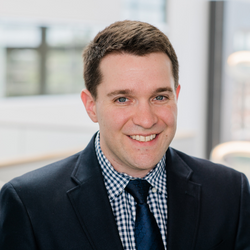 1. Liberal arts spur creativity.
1. Liberal arts spur creativity.
“A liberal arts education stresses critical thinking, and the ability to integrate knowledge from multiple disciplines forms novel perspectives that have the potential to generate innovation and a competitive advantage.”
—Patrick Coyle, Ph.D.
Assistant Professor of Management and Leadership
School of Business
2. Art is an expression of what it means to be human.
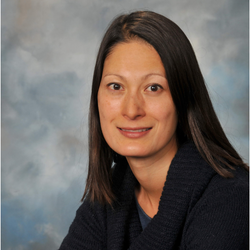 “We live in a world that is bombarded with art and visual imagery. Think of all the artwork and images you encounter throughout your day—from sculptures, street art, and billboards in public spaces to photographs and advertisements on the internet and social media. It is critical for us to be able to read and understand the visual world as this is a primary form of human communication. Studying visual culture, art, and its history enables us to be more careful observers of our everyday world. Art teaches us about other cultures, their traditions, and their values. It increases our empathy for one another and allows us to decelerate, be present, and appreciate human imagination and creativity.”
“We live in a world that is bombarded with art and visual imagery. Think of all the artwork and images you encounter throughout your day—from sculptures, street art, and billboards in public spaces to photographs and advertisements on the internet and social media. It is critical for us to be able to read and understand the visual world as this is a primary form of human communication. Studying visual culture, art, and its history enables us to be more careful observers of our everyday world. Art teaches us about other cultures, their traditions, and their values. It increases our empathy for one another and allows us to decelerate, be present, and appreciate human imagination and creativity.”
—Mey-Yen Moriuchi, Ph.D.
Associate Professor of Art History
School of Arts and Sciences
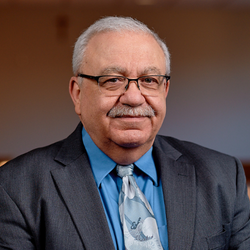
3. Liberal arts and humanities create a wealth of work experiences.
“I started my career as a YMCA fitness director and then held positions as a NASA researcher, a college dean, and now I’m a provost in academia. All of these were possible due to my liberal arts education. It prepared me not only for my first career, but also my subsequent careers.”
—Steven F. Siconolfi, Ph.D.
Interim Provost and Vice President of Academic Affairs
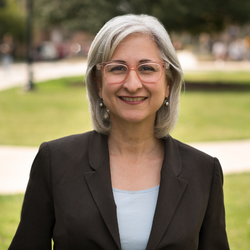
4. The humanities teach you how to learn.
“You can’t learn all you need to know in college. You must learn how to learn. Above all, employers want people who can think critically and ethically, communicate clearly and collaborate to solve problems. A liberal arts foundation encourages flexibility and creativity in adapting to the jobs of the future and in understanding others and ourselves, in order to lead more fulfilling lives and just societies.”
—Pamela E. Barnett, Ph.D.
Dean
School of Arts and Sciences
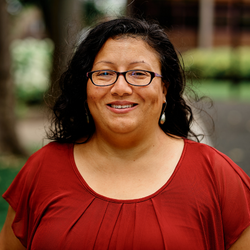
5. The liberal arts and humanities provide a global approach to JEDI issues.
“Language and cultural studies can deepen understanding of societies around the world, as well as improve communication between people of different backgrounds. Literary studies hone analytical and critical thinking skills as students explore complex issues and ideas presented in literary texts. The interdisciplinary nature of language, literature, and cultural studies provides students with a multi-perspective lens through which to consider societal issues and problems, allowing for the creation of more holistic and inclusive solutions. And during our current times, as communities all over the world grapple with matters of justice, equity, diversity, and inclusion, or JEDI, the interdisciplinary, and intersectional knowledge and frameworks provided by faculty in La Salle’s Global Languages, Literatures, and Perspectives department empower students with the tools to tackle the challenges of working toward a just, equitable, and inclusive society.”
—Luisa Marcela Ossa, Ph.D.
Professor of Spanish
School of Arts and Sciences
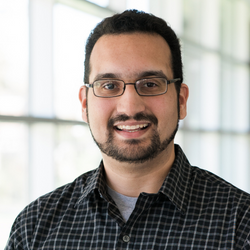
6. The liberal arts inform comprehensive solutions.
“The COVID-19 pandemic has reminded us just how vital the liberal arts are to effective responses to crises. In some ways, inventing and testing new technologies—like the mRNA vaccines—was the easy part. How do we allocate resources to ship, store, and administer vaccines; decide who gets access to treatments first; and communicate effectively to address vaccine misinformation and hesitancy? Technological solutions are useless if you can’t think through the barriers to implementation and how that technology fits within the larger sociopolitical context.”
—Jason Diaz, Ph.D.
Assistant Professor of Integrated Science, Business, and Technology
School of Arts and Sciences
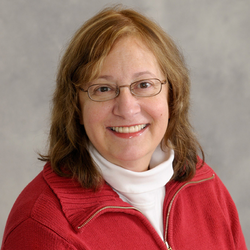
7. The humanities open your eyes to what has been overlooked.
“Before taking our third-year nursing students into the lab, we would introduce them to the La Salle Art Museum. I would work with Siobhan (Conaty, Ph.D., chair and associate professor of art history), and our students would evaluate works of art. This exercise enhanced their physical observation skills and evoked thought. While art and medicine may seem like they are worlds apart, these two disciplines are natural companions for visual literacy—a vital and practical tool in all fields of study in an increasingly visual modern world.”
—Patricia Dillon, Ph.D.
Professor and Chair of Graduate Nursing Programs
School of Nursing and Health Sciences
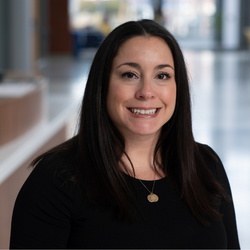
8. The liberal arts prepare graduates for jobs that don’t yet exist.
“As the world of work changes and evolves, written and oral communication skills continually rank in the top 10 of what employers are seeking. Employers will look for these skills when recruiting for those jobs that don’t yet exist because they are critical in any role.”
—Nicole Bailey
Director, La Salle Career Center
—Christopher A. Vito